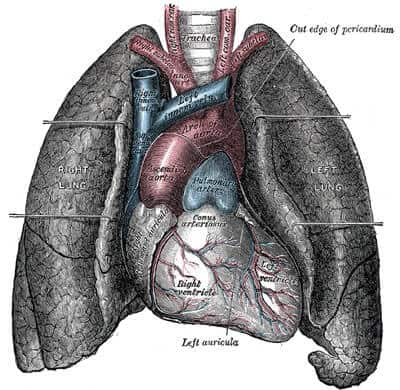The U.S. Food and Drug Administration today approved Rapamune (sirolimus), to treat lymphangioleiomyomatosis (LAM), a rare, progressive lung disease that primarily affects women of childbearing age. This is the first drug approved to treat the disease.
LAM is characterized by an abnormal growth of smooth muscle cells that invade lung tissues, including the airways, and blood/lymph vessels that cause destruction of the lung, resulting in airflow obstruction, and limiting the delivery of oxygen to the body. LAM is a very rare disease. According to the U.S. National Library of Medicine, only between two and five women per million women worldwide are known to have the disease.
Rapamune, which is available as both a tablet and an oral solution, was originally approved in 1999 as an immunosuppressive agent to help prevent organ rejection in patients 13 years and older receiving kidney transplants. Because Rapamune’s sponsor demonstrated that the drug may offer a substantial improvement over available therapies, it received breakthrough therapy designation. It also received a priority review, which provides for an expedited review of drugs that have the potential to provide a significant improvement in safety or effectiveness in the treatment of a serious disease or condition. Rapamune also received orphan product designation for this indication because LAM is a rare disease or condition. Development of this drug was also supported in part by the FDA Orphan Products Grants Program which provides grants for clinical studies on safety and/or effectiveness of products for use in rare diseases or conditions.
“Different FDA programs, such as orphan product designation and breakthrough therapy designation, provide sponsors with financial incentives and access to increased interactions and advice from FDA to facilitate development and timely approval of innovative treatments for rare diseases, which might not otherwise be developed,” said John Jenkins, M.D., director of the Office of New Drugs in the FDA’s Center for Drug Evaluation and Research. “These kinds of special programs make it possible for FDA to help drug manufacturers get life-saving drugs to the people who need them much more quickly.”
The safety and efficacy of Rapamune for treatment of LAM were studied in a clinical trial that compared Rapamune with an inactive drug (placebo) in 89 patients for a 12-month treatment period, followed by a 12-month observation period. The primary endpoint was the difference between the groups in the rate of change in how much air a person can exhale during a forced breath in one second (forced expiratory volume in one second or FEV1). The difference in the average decrease in FEV1 during the 12-month treatment period was approximately 153 mL. After discontinuation of Rapamune, the decline in lung function resumed at a rate similar to the placebo group.
The most commonly reported side effects associated with Rapamune for the treatment of LAM were mouth and lip ulcers, diarrhea, abdominal pain, nausea, sore throat, acne, chest pain, leg swelling, upper respiratory tract infection, headache, dizziness, muscle pain and elevated cholesterol. Serious side effects including hypersensitivity and swelling (edema) have been observed in renal transplant patients.
Rapamune is made by Wyeth Pharmaceuticals, Inc., a subsidiary of Pfizer, Inc., Philadelphia, Pennsylvania.


